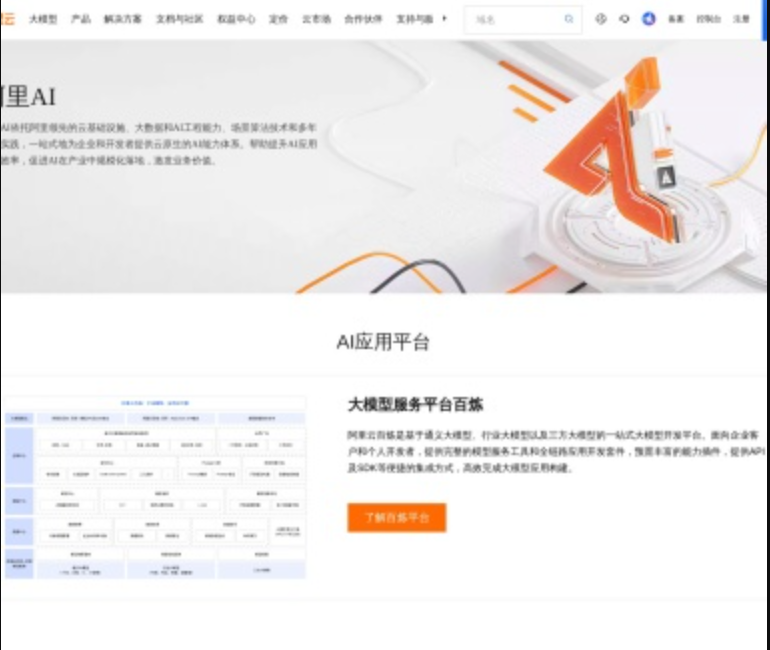首先使用模拟数据测试简单函数逻辑,再通过testify/mock库mock接口依赖;例如对Paymentgateway接口进行mock,验证OrderService在不同支付场景下的行为,确保单元测试独立且高效。

在go语言开发中,测试是保证代码质量的重要环节。为了隔离外部依赖、提高测试效率,我们常使用模拟数据和mock技术。下面介绍如何在golang中通过模拟数据和testify/mock库进行单元测试。
使用模拟数据进行测试
对于简单的函数或不需要复杂依赖的场景,可以直接构造模拟数据进行测试。
例如有一个处理用户信息的函数:
type User struct { ID int Name string } func GetUserInfo(users []User, id int) *User { for _, u := range users { if u.ID == id { return &u } } return nil }
我们可以用模拟数据写测试:
立即学习“go语言免费学习笔记(深入)”;
func TestGetUserInfo(t *testing.T) { mockUsers := []User{ {ID: 1, Name: "Alice"}, {ID: 2, Name: "Bob"}, } user := GetUserInfo(mockUsers, 1) if user == nil { t.Fatal("expected user with ID 1, got nil") } if user.Name != "Alice" { t.Errorf("expected Alice, got %s", user.Name) } }
这种方式简单直接,适合纯逻辑或内存操作的测试。
使用 testify/mock 进行接口模拟
当代码依赖数据库、http客户端或其他服务时,应使用mock来替代真实调用。
安装 testify 库:
假设我们有一个订单服务,依赖支付网关接口:
type PaymentGateway interface { Charge(amount float64) (string, error) } type OrderService struct { Gateway PaymentGateway } func (s *OrderService) CreateOrder(amount float64) (string, error) { if amount <= 0 { return "", fmt.Errorf("invalid amount") } return s.Gateway.Charge(amount) }
接下来创建mock实现:
type MockPaymentGateway struct { mock.Mock } func (m *MockPaymentGateway) Charge(amount float64) (string, error) { args := m.Called(amount) return args.String(0), args.Error(1) }
编写测试用例:
func TestOrderService_CreateOrder(t *testing.T) { mockGateway := new(MockPaymentGateway) service := &OrderService{Gateway: mockGateway} // 设定期望行为 mockGateway.On("Charge", 100.0).Return("txn_123", nil) txnID, err := service.CreateOrder(100.0) assert.NoError(t, err) assert.Equal(t, "txn_123", txnID) mockGateway.AssertExpectations(t) } </font>这个例子中,我们mock了支付网关,避免了真实网络请求,同时验证了业务逻辑正确性。
常见使用技巧
- 按参数匹配:可以指定mock对特定参数返回不同结果
- 多次调用验证:使用Times()验证方法被调用次数
- 延迟返回:用Run()添加副作用或延迟逻辑
- panic模拟:测试异常路径时可让mock返回panic
基本上就这些。模拟数据和mock能有效提升测试速度和稳定性,关键是合理设计接口并保持mock简洁。不复杂但容易忽略。


